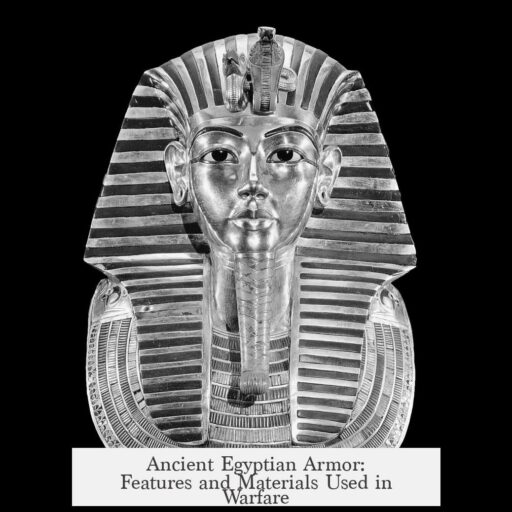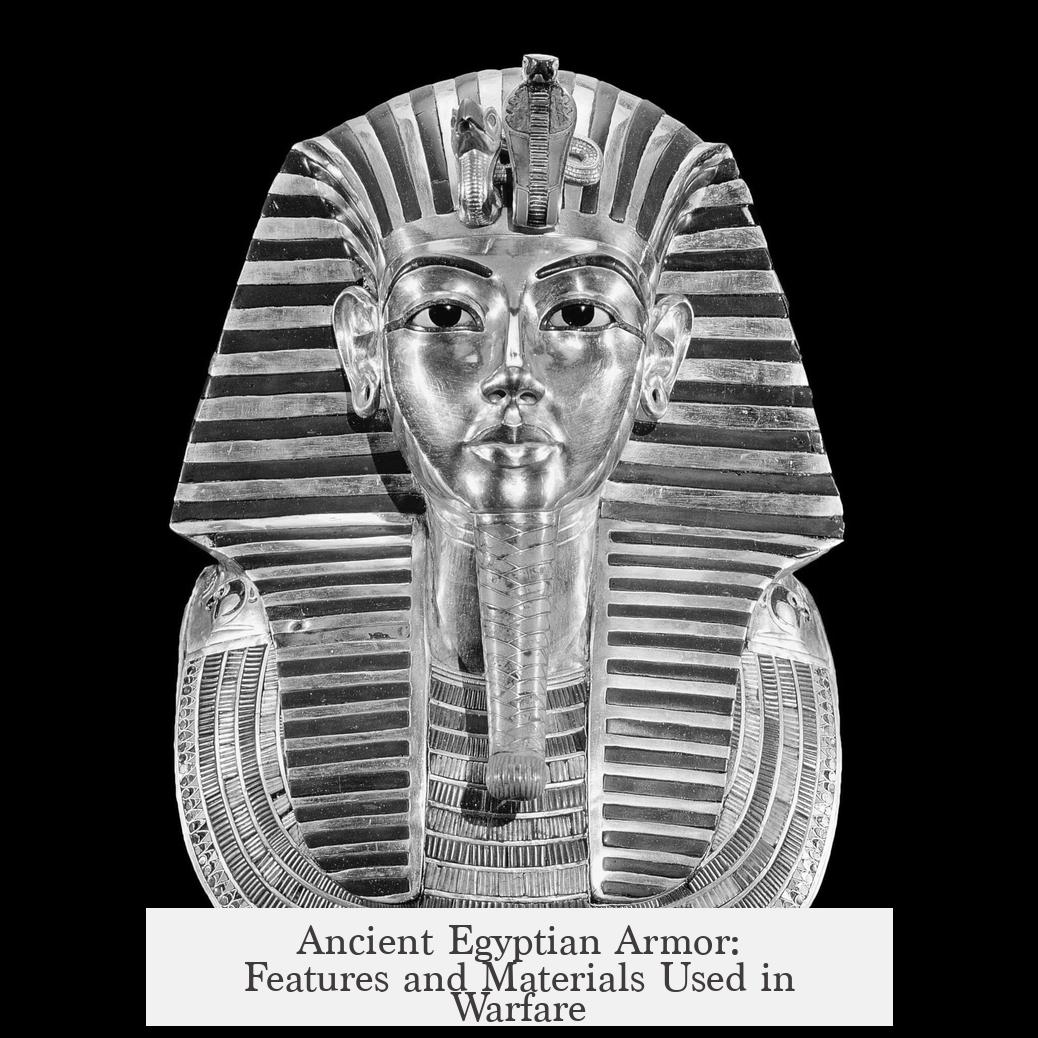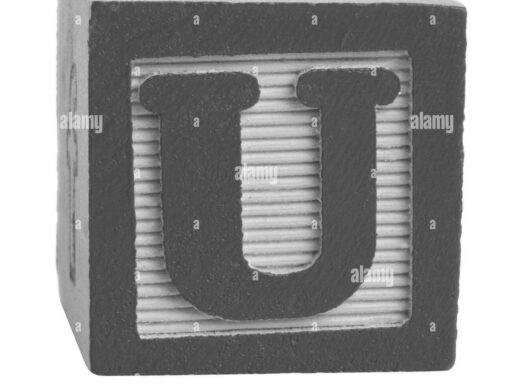Ancient Egyptian armor was generally light and limited, reflecting the hot climate and warfare style of the region. The most common protective gear included large shields made from rawhide or wood covered with hides. Body armor existed but was uncommon, mainly limited to scale armor made from bronze, rawhide, or bone, especially among chariot soldiers and elite units. Helmets were rare and mostly absent except for foreign mercenaries and some elite charioteers. Linen textile armor is suggested in some art and historical texts but remains uncertain. Overall, shields formed the core defensive equipment, with body and head armor being minimal.
Ancient Egyptian armies relied on shields as their main form of defense. Early shields were large, tall, and made of wooden frames covered with rawhide or leather. These provided extensive body coverage but restricted movement. Over time, shields became smaller to improve mobility and offensive use, especially for spear-wielding soldiers.
Rawhide appears to be the standard shield material, as the Egyptian word for “shield” also means “hide” or “skin.” Some large shields were made purely of thick hide, while others had wooden frames covered in animal skins such as cheetah.
From the New Kingdom period, shields sometimes featured wooden construction with bronze faces or edges, enhancing durability. However, bronze shields were heavier and less effective against piercing weapons compared to the more elastic leather shields. Smaller round shields, possibly foreign imports used by Sea Peoples serving Egypt, are displayed in some battle scenes but were not standard issue for Egyptian regulars.
Body armor was rare in ancient Egypt, mainly due to the hot, arid climate and the nature of their warfare. Most soldiers fought without protective torso armor, wearing only linen loincloths. When present, scale armor was the dominant type, composed of small overlapping scales of bronze, rawhide, or bone sewn onto a textile or leather backing.
Scale armor designs varied. Some covered just the torso up to the waist and were sleeveless. Others extended to cover the thighs or had sleeves for greater protection. Excavations revealed bronze scale armor dated to around 1390-1353 BC. Tutankhamun’s tomb contained a sleeveless rawhide scale armor. Artistic depictions often show armored soldiers—typically charioteers—wearing scale armor, highlighting their elite status.
Chariot horses might also have received armor, possibly textile-based like linen, with some evidence suggesting bronze scales attached. However, most infantry soldiers are shown without any armor beyond their shields or minimal clothing.
The existence of textile or linen armor is debated. Wall paintings such as in the Tomb of Rameses III depict garments that might indicate linen armor. The ancient historian Herodotus claimed Egyptians wore linen armor, but archaeological evidence remains inconclusive. Some painted or relief depictions of headgear thought to be helmets might instead represent woven or “plaited” linen coverings for the head.
Helmets were scarce for Egyptian soldiers. The Egyptian climate likely made heavy helmets impractical. Pharaohs usually wore symbolic crowns or ceremonial headgear rather than functional helmets. Foreign mercenaries, such as Sherden or Philistines, often retained their distinctive helmets. Elite charioteers may have donned bronze helmets, but these remain rare finds and are mostly inferred from artwork.
Overall, ancient Egyptian armor prioritized mobility and adapted to environmental conditions. Shields formed the backbone of defense strategies—providing flexible protection—while body and head armor was limited and mostly reserved for high-status individuals or specific military units. Armored equipment frequently symbolized rank and status as much as practical defense.
| Component | Material(s) | Usage | Notes |
|---|---|---|---|
| Shields | Rawhide, wood, leather, bronze | Common infantry and charioteers | Large to smaller sizes over time; bronze less effective despite durability |
| Body Armor | Bronze scales, rawhide scales, bone scales, linen (possible) | Chariot soldiers, elites, rare infantry use | Varied size; mostly sleeveless or partial coverage |
| Helmets | Bronze (elite charioteers), linen/plaited (uncertain) | Rare for Egyptians, common for foreign troops | Mostly absent due to climate; ceremonial headgear for Pharaohs |
| Horse Armor | Linen textile, bronze scales (possible) | Chariot horses | Limited evidence; textile protective wear likely |
- Shields were central, evolving from large rawhide-covered wooden frames to smaller, often bronze-reinforced versions.
- Body armor was uncommon; scale armor appeared mainly from the New Kingdom and was mostly for charioteers and nobles.
- Helmets were avoided by native Egyptians; exceptions included elite units and foreign mercenaries.
- Textile (linen) armor is historically cited but not definitively proven archaeologically.
- Armor often signified rank or status more than serving solely for protection.



